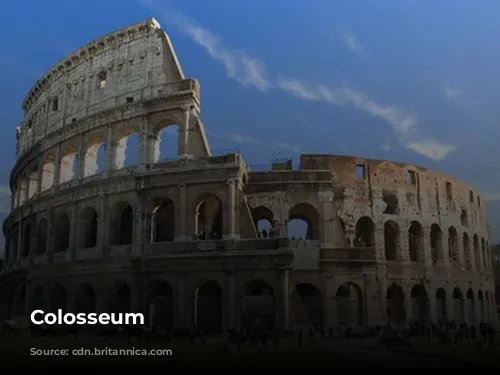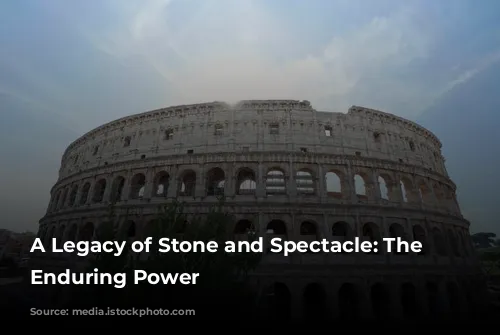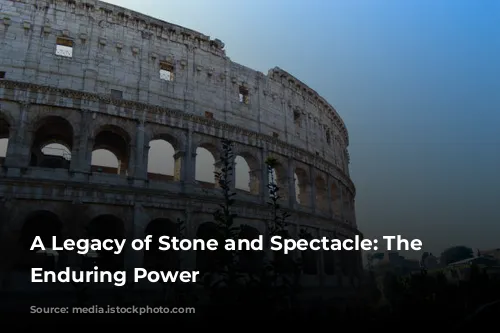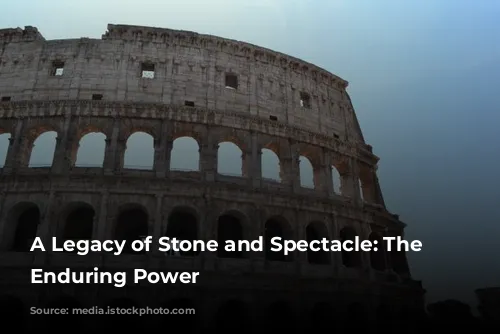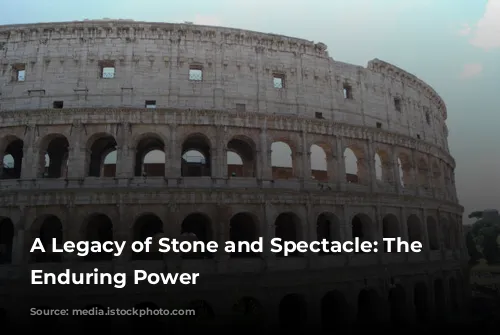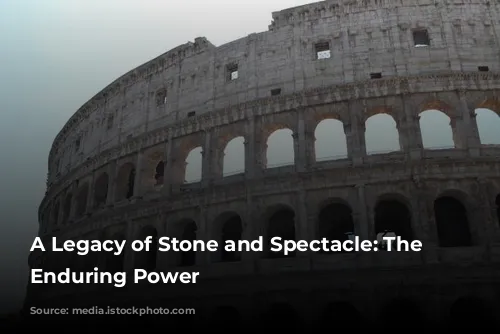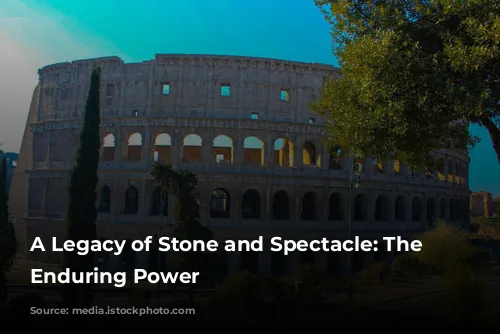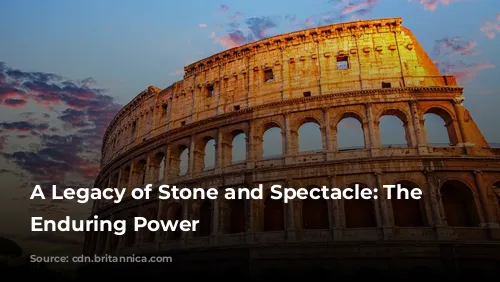The Colosseum, a towering testament to the architectural and engineering prowess of the Roman Empire, stands as a timeless symbol of ancient Rome’s grandeur. It is not only a captivating historical landmark but also a major driver of tourism revenue for Italy. In 2018, the Colosseum, alongside the Roman Forum and Palatine Hill, generated over €53.8 million in revenue, solidifying its position as the most lucrative tourist attraction in Italy.
From Glory to Ruin and Back
The Colosseum’s journey through time has been marked by both triumph and hardship. After the fall of the Western Roman Empire, the once-glorious arena fell into a state of neglect. During the 12th century, the Frangipane and Annibaldi families, prominent Roman families, repurposed the arena as their fortress. In the late 15th century, Pope Alexander VI allowed the Colosseum to be used as a quarry, its precious materials stripped away for other projects. For over a thousand years, the Colosseum was left to crumble, a victim of time and neglect.
However, a new chapter began in the 1990s when state-funded restoration efforts breathed life back into the ancient monument. Through dedicated restoration work, the Colosseum has regained much of its former glory, standing as a testament to human resilience and the enduring power of history.
A Monument to Imperial Power and Entertainment
The Colosseum was not just a building; it was a symbol of imperial power and a testament to the Roman Empire’s love of spectacle. Built under the reign of Emperor Vespasian, the Colosseum was a response to the tumultuous year of the four emperors in 69 CE, a time of great instability and political upheaval. Vespasian sought to revitalize Rome and showcase the might of the Empire through a grand entertainment venue, the Colosseum.
Following the tradition of Roman amphitheaters, the Colosseum was designed to host a range of thrilling events, from gladiatorial combat and animal hunts to mock naval battles. The Colosseum was more than just a stage for entertainment; it was a symbol of Roman power and a platform for the display of imperial might.
A Masterpiece of Engineering and Architecture
Construction of the Colosseum began under Emperor Vespasian between 70 and 72 CE and was completed in 80 CE under his son and successor, Titus. The Colosseum’s fourth story was added by Emperor Domitian in 82 CE. The arena was funded with spoils from Titus’s conquest of Jerusalem in 70 CE and built using Jewish slaves from Judea, a grim reminder of the Empire’s expansionist policies.
The Colosseum is an elliptical structure made of stone, concrete, and tuff, reaching four stories high at its peak. Standing at 620 by 513 feet, it could accommodate as many as 50,000 spectators. The Colosseum’s design incorporated innovative architectural techniques, employing a complex system of barrel vaults and groin vaults, a testament to Roman ingenuity. The three lower stories feature arcades adorned with Doric, Ionic, and Corinthian columns, a design that became the inspiration for the Renaissance’s codified assemblage of orders.
A Stage for Spectacle and Controversy
The Colosseum was not only a marvel of engineering but also a stage for a wide array of spectacles that captivated the Roman public. A massive retractable velarium, or awning, shielded spectators from the sun, operated by hundreds of Roman sailors. The arena witnessed thousands of gladiatorial combats, contests between humans and animals, and even mock naval battles, showcasing the daring and brutality of Roman entertainment.
However, the Colosseum’s history also harbors controversy. While the arena’s connection to the martyrdom of early Christians remains uncertain, the Colosseum’s origins, funded with spoils from the conquest of Jerusalem and built using Jewish slaves, stand as a stark reminder of the Empire’s power and its sometimes-brutal methods.

A Timeless Symbol
Today, the Colosseum stands as a symbol of ancient Rome’s enduring legacy. The arena, which once echoed with the roar of the crowd and the clash of swords, now stands as a silent witness to the rise and fall of empires. It continues to attract millions of visitors annually, drawing them in with its stories of grandeur, spectacle, and the echoes of a bygone era.
The Colosseum is a constant reminder of the Roman Empire’s enduring impact on Western Civilization. It is a symbol of Roman power and innovation, a testament to the enduring power of human creativity, and a reminder of the complexities of history and the importance of understanding our past to shape our future.

